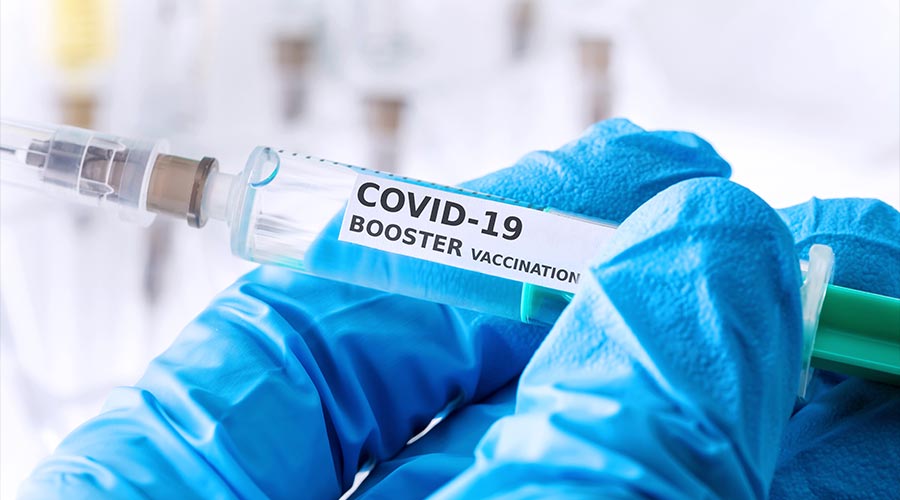
In what would be a similar process to previous years, the Centers for Disease Control and Prevention (CDC) is considering a booster recommendation plan for Spring 2024. As reported by NBC News, the vaccine itself would be the same as the fall 2023 rollout, which specifically targets the XBB1.5 subvariant of the virus. Studies have also indicated that the booster would also have strong efficacy against the most recent JN.1 subvariant —which is responsible for the majority of current COVID-19 infections.
A final vote to decide a rollout plan is expected to be made by CDC advisors on Feb. 28. If approved, the rollout would be specifically targeted for at-risk demographics, which include those with compromised immune systems, recipients of organ transplants, or anyone in the general population aged 65 and old.
Researchers have also acknowledged the possibility of ‘vaccine fatigue’ as some people have already received upwards of eight doses already. Fatigue concerns have also been reflected in dropping vaccination rates of recent rollouts. The latest COVID-19 vaccine was received by just over one-fifth (21.9 percent) of the population.
Michael Osterholm, director of the Center for Infectious Disease Research and Policy at the University of Minnesota, noted that he doesn’t believe citizens should wait until the fall for another dose of the vaccine, adding that once a dose is received or a previous infection is incurred, added immunity against the virus fades notably after the four-to-six month span afterwards.
Regardless of whether another recommendation is voted on by CDC advisors, the agency stated no intention on removing isolation guidelines for positive COVID-19 test results.
Read more on the latest COVID-19 subvariant and its risk factors here.

 The Down and Dirty on Cleaning in Virus Season
The Down and Dirty on Cleaning in Virus Season How Surfactant Use is Expanding in Commercial Cleaning
How Surfactant Use is Expanding in Commercial Cleaning Operational Excellence Series 2025: Better Budgeting
Operational Excellence Series 2025: Better Budgeting